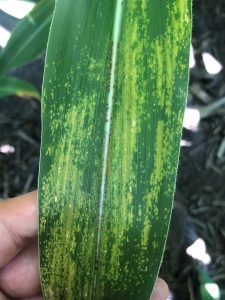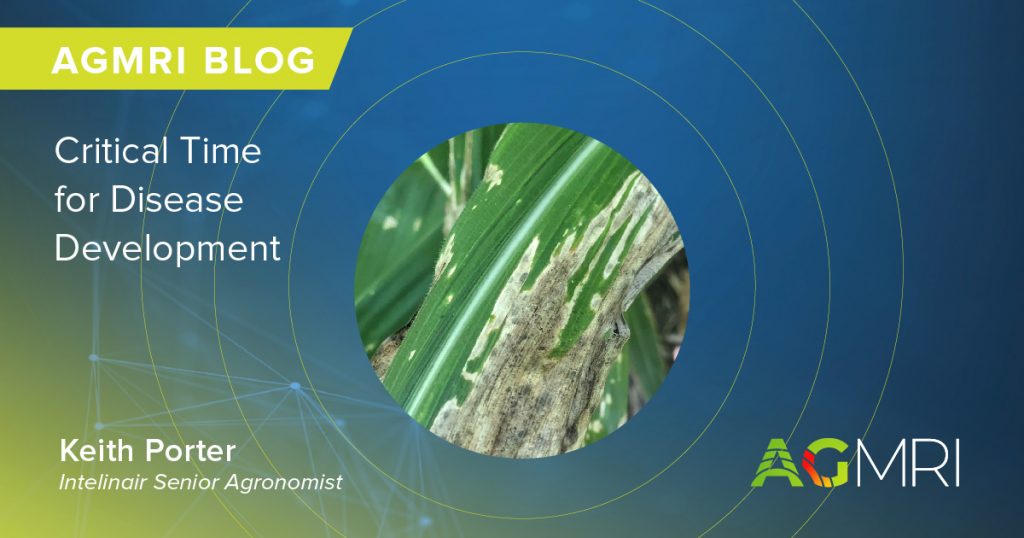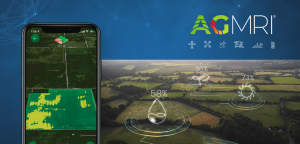 While the potential for disease infestations this season varies given the condition of the crop, the crop growth stage, various agronomic and environmental challenges, and farmer goals, the potential impact of disease to this season’s crop cannot be overstated.
While the potential for disease infestations this season varies given the condition of the crop, the crop growth stage, various agronomic and environmental challenges, and farmer goals, the potential impact of disease to this season’s crop cannot be overstated.
As we know, weather and environmental conditions play a large role with disease development in both corn and soybean. And while we have seen large areas of the U.S. Midwest with lower than normal precipitation levels to this point of the season, some meteorologists are beginning to predict a possible change in the current weather conditions with higher precipitation chances in the forecast for later into July. If these forecasts materialize, the opportunity for diseases to appear in wide areas as the season lengthens will increase.
Key Actions to be Prepared
Despite the crop conditions and growth stages in some geographies, this is a key time period for disease development.
- Be proactive in scouting activities – have a plan based upon crop rotations, field histories, field yield potential, irrigated or non-irrigated, production practices and residue management.
- Be able to identify the key diseases for corn and soybean and have a basic knowledge of thresholds and timelines for disease development and understand economic impacts to best determine when to take appropriate actions to maintain yield potential.
- In AGMRI, use field scouting and the thermal stress alert, combined with important weather data on a local / field basis, to direct field ground truthing to determine the crop risk and appropriate actions. Know the thermal alert patterns that are most indicative of potential disease.
- Understand that when scheduling for any application – once a disease is identified and the treatment required is selected – that appropriate equipment availability, retailer workloads for trained applicators, and product availability could all impact your needs and a timely application.
Contact us for more information.














